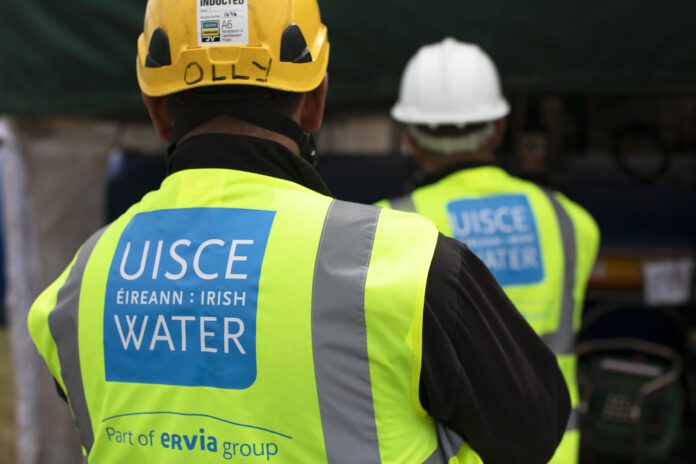IRISH Water say that their consistent progress in upgrading wastewater treatment and eliminating the discharge of raw sewage to Ireland’s rivers, lakes and coastal areas is benefiting communities and enhancing the environment throughout Ireland.
The organisation says that in Co Limerick, investment in wastewater infrastructure at Athea wastewater treatment plant (WWTP) will lead to improvements in water quality, while also supporting housing and economic development in these areas.
The latest EPA Urban Wastewater Treatment Report, published today, shows the progress being made, while also highlighting the need for continued investment in wastewater services.
“In the last six years, Irish Water has prioritised areas where it can support housing and development and have the greatest environmental impact, particularly in locations where raw sewage was discharging into our rivers and seas,” said a spokesperson.
Over 60 per cent of raw sewage discharges have been eliminated since 2015 and replaced with treatment capacity for the equivalent of 120,000 people. As a result of the targeted investment in wastewater infrastructure, communities around Ireland are now reaping the rewards of a cleaner environment, safer bathing waters and greater opportunities for the development of new homes, businesses and tourism.
“To date, new WWTP have been built in 17 locations where raw sewage had been discharged into the sea for decades. By the end of this year construction will have started in an additional 14 locations, with a further eight projects due to get underway next year and the remaining nine from 2023 onwards. This means that the majority of raw sewage discharges are on track to be removed by the end of 2025.
“In County Limerick, Irish Water is on track to end the discharge of raw sewage by 2026 once planned projects such as Foynes WWTP and Glin WWTP are completed,” the spokesperson continued.
Other projects that will also enhance wastewater treatment in the future are Hospital, Croom Bunlicky and Castletroy WWTPs. The WWTP in Hospital was recently announced as one of 21 WWTP to be upgraded as part of the Small Towns and Villages Growth Programme.
In addition to ending the discharge of raw sewage by building infrastructure where none previously existed, Irish Water has also been continuing with its programme of upgrading existing WWTPs and networks in towns and villages throughout Ireland. In 2020, a total of 10 WWTPs were built or upgraded (two built and eight upgraded), directly benefiting the equivalent of over 20,000 people in these communities while also protecting our wider environment. The number of plants on the Environmental Protection Agency and Priority Action List is also continuing to fall, currently down to 97 from 148 in 2017.
Margaret Attridge of Irish Water said: “Having a modern, sustainable and functional wastewater network in Limerick is critical in order to protect our environment and to support housing and economic growth in the years ahead. We continue to work closely with the EPA and our other partners, including local authorities, to ensure this can be delivered in the most efficient and sustainable way through the use of cutting edge technologies, science and engineering expertise, and meaningful engagement with local communities around Limerick.
“There is no doubt that challenges remain. Much of the infrastructure for safely collecting and treating wastewater around the country has suffered from decades of under-investment. But Irish Water has a plan in place to address these deficiencies and we are making real progress. Continued investment will be required in the coming years to build a modern, fit-for-purpose wastewater network but we are confident that we are on track to achieving that aim”.











